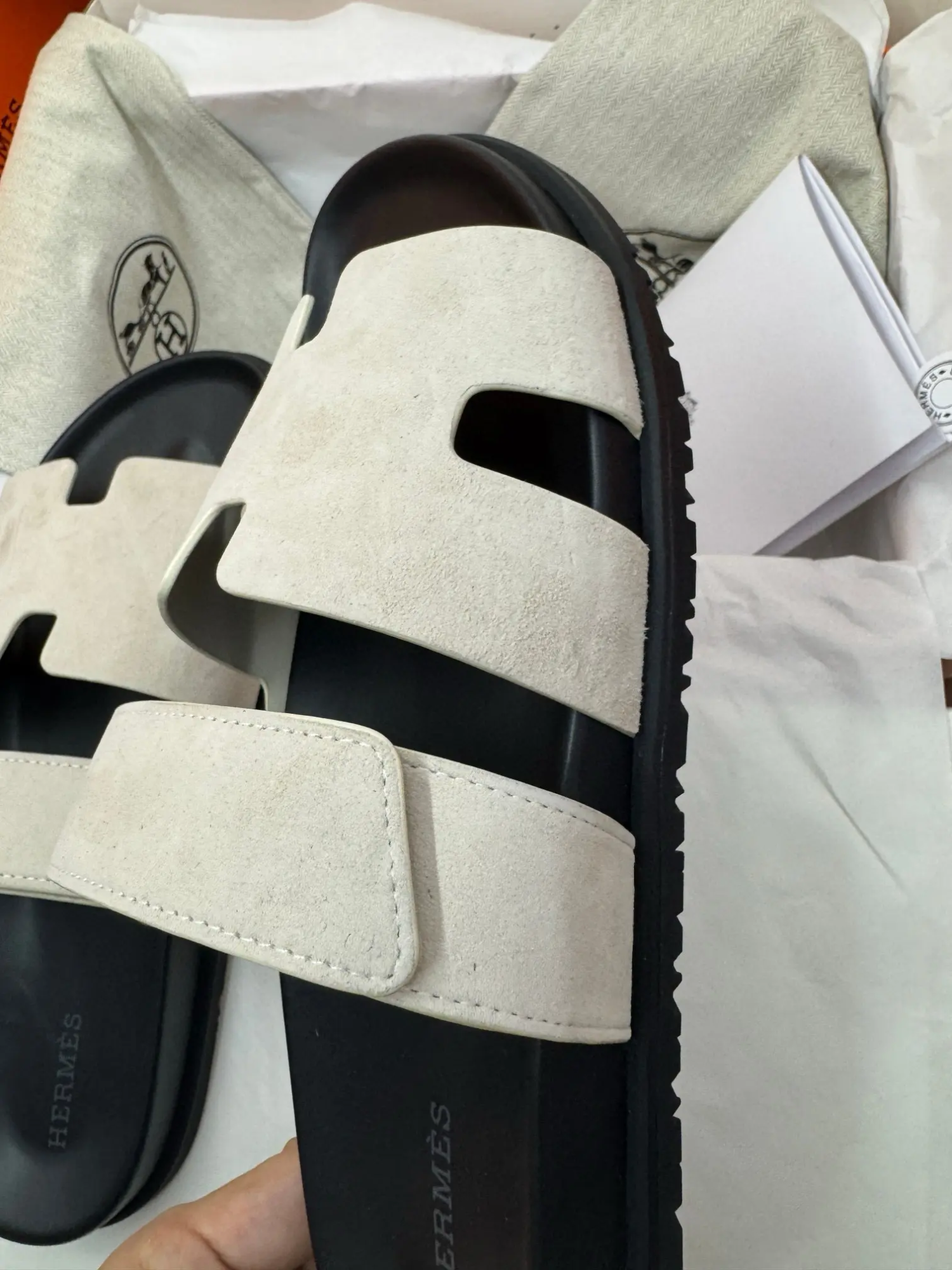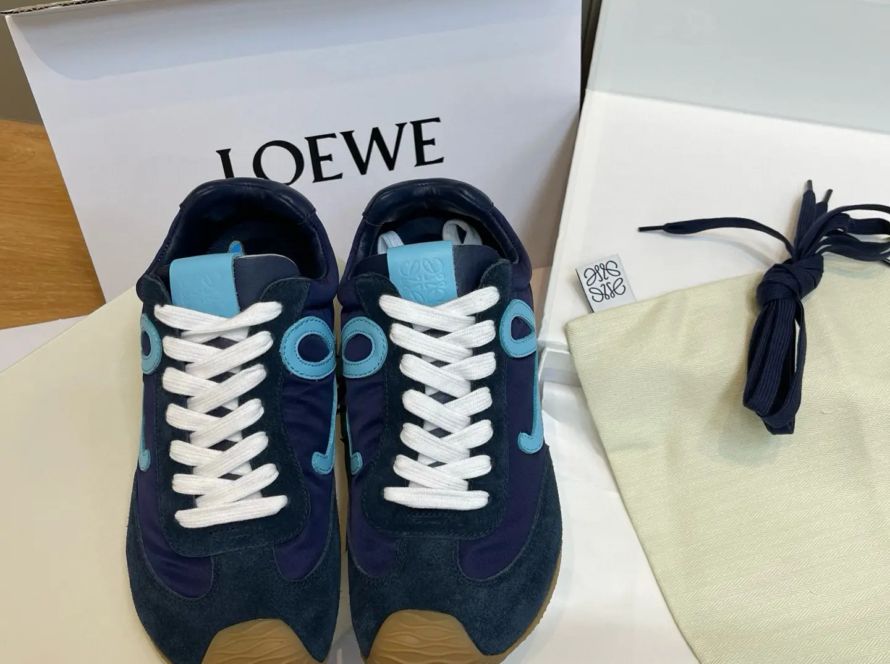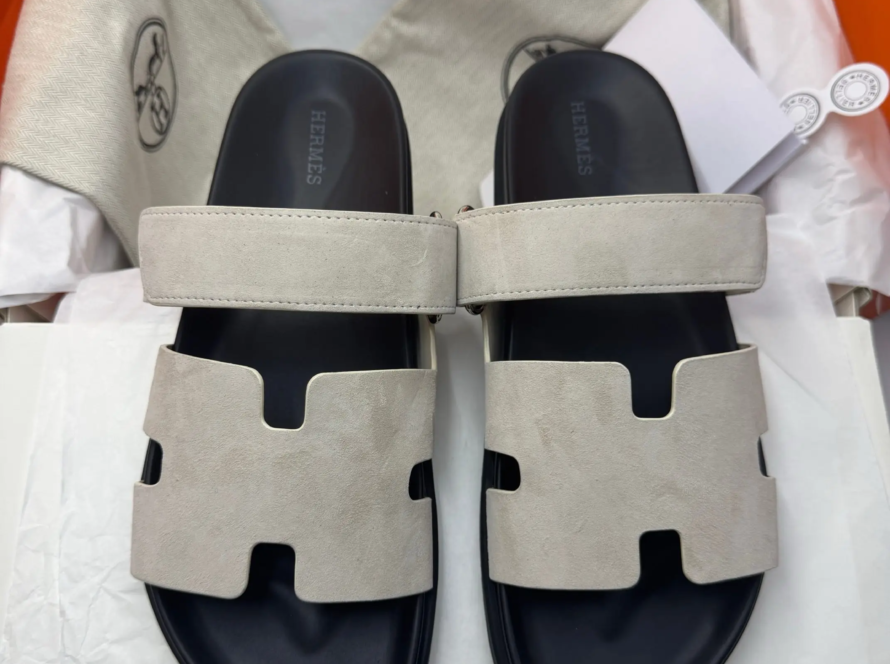
The Art of Restoration: Elevating Luxury Shoes with Premium Leather Padding
To the discerning connoisseur of fine footwear, every scuff, scratch or dent on a beloved pair feels like a personal affront. Whether you own handmade John Lobb oxfords, custom Santoni loafers, or limited-edition designer pumps, the sanctity of the original leather is important. In this area of uncompromising quality, Leather filler for shoes It’s not just a restorer, it’s a keeper of heritage—an essential tool in protecting the integrity, beauty, and value of investment-grade footwear.
Understanding Leather Fillers: Beyond Basic Restoration
Leather filler is a specially formulated compound used to fill imperfections (gouges, cracks, frayed edges or puncture marks) without affecting the natural texture or flexibility of the material. Unlike ordinary putty or adhesive, premium fillers are engineered to seamlessly bond with premium leather to create an invisible repair that maintains the shoe’s structural integrity and breathability.
Why Luxury Footwear Needs Premium Fillers
-
material sympathy:
Luxury shoes often come in full-grain leather, vegetable-tanned leather, or exotic leathers (e.g., calfskin, cordovan, crocodile). These materials require fillers with pH-neutral formulations to prevent chemical degradation. Inferior quality products may stiffen the leather, change its luster, or cause discoloration. -
Structural life:
Deep scratches are more than just a cosmetic problem, they can weaken the fibers of the leather. Professional-grade padding reinforces damaged areas, prevents tears from spreading and extends the life of your shoe. - aesthetic integrity:
Collectible shoes are prized for their flawless finish. Premium fillers accept dyes and polishes, allowing craftsmen to replicate the original color and shine, ensuring the repair goes undetected.
Grades of Leather Fillers: Choosing the Right Formula
Not all fillers are created equal. For luxury applications, focus on the following categories:
1. Traditional cream fillers (such as Saphir Creme Renovatrice)
- most suitable: Minor wear, shallow scratches.
- texture: Creamy, blendable consistency enriched with lanolin or beeswax.
- advantage: Nourishes leather while filling imperfections; ideal for maintaining softness.
- shortcoming: Limited effectiveness against deep injuries.
2. Epoxy resin mixture (e.g. Angelus Leather Filler)
- most suitable: Structural Repair – Gouges, torn welts, edge damage.
- texture: Moldable putty that cures like a rock but remains flexible.
- advantage: Permanently bonded to leather; sandable/paintable for seamless repairs.
- shortcoming: Requires precise application; best left to professionals.
3. Liquid polymer fillers (such as Collonil Nano Repair Gel)
- most suitable: Fine cracks, separated grain or fine exotic leathers.
- texture: Thin permeable liquid that solidifies into a flexible film.
- advantage: Retains the natural texture of leather; waterproof surface.
- shortcoming:Deeper defects require multiple layers.
The Pro’s Way: Mastering Filler Application
While some enthusiasts prefer DIY care, in-depth restoration of luxury shoes often requires the skills of a master shoemaker. Here’s how experts ensure perfect results:
-
leather preparation:
- Clean the affected area with saddle soap or a pH-neutral cleaner.
- Lightly sand the edges with 400-grit sandpaper to create a smooth transition area.
-
Filler application:
- For paste fillers: Use a palette knife to work in thin layers, allowing 24 hours to cure between coats.
- For epoxy filler: Precisely mix the two-part compound and shape the filler to mimic the contours of leather before curing.
- finishing ability:
- Sand the cured filler with increasingly finer grit (up to 2000) until it is invisible to the touch.
- Use a leather dye that matches the original color (such as Phoebe alcohol dye), then use a cream polish and wax to add depth.
Preventive Care: Minimizing the Need for Fillers
Even luxury leather can be protected from damage with proactive care:
- Rotate shoes Allow 24-48 hours between wears.
- Use shoe last (Cedar preferred) Holds shape and absorbs moisture.
- Regular maintenance Use products containing natural oils (such as Saphir Médaille d’Or Renovateur).
- Protect soles Comes with a half sole to prevent premature wear.
Conclusion: The intersection of craft and heritage
When it comes to high-end footwear, leather padding isn’t a shortcut, it’s an art form. For custom customers and collectors, these compounds offer more than just restoration; they offer continuity. By entrusting your shoes to quality fillers and skilled craftsmen, you respect their meticulous craftsmanship while safeguarding their future. After all, true luxury is not just about looks, but also durability.
FAQ: Leather Padding for Luxury Shoes
Question 1: Can leather fillers repair deep cuts in exotic leathers such as crocodile or ostrich?
Yes, epoxy resin mixtures are most effective for structural repair of exotic leathers. However, due to the unique grain pattern, color matching and texture should be handled by experts.
Q2: Will filling change the breathability of shoes?
The high-quality padding is microporous, allowing the leather to "breathe" After repair. Avoid silicone products as they create a non-porous seal.
Q3: How long does leather filler repair last?
When used properly, repairs can last 5-10 years or more, depending on wear frequency and environmental conditions.
Q4: Can I polish my fillings?
Absolutely. After being sanded and dyed, the filling can be polished like natural leather. Use a pigment-free polish for an even shine.
Q5: Do luxury synthetic leathers have vegan fillers?
Yes, brands like Travelite offer water-based fillers that are compatible with high-quality vegan leather.
Question 6: Is DIY filler recommended for shoes over 1,000 euros?
For light wear: Yes (use premium adhesive). For severe damage: Consult a qualified shoemaker. The risk of improper curing or color mismatch outweighs the cost savings.
Q7: How do you prevent cracks from forming in the first place?
Hydrate leather every 4-6 wears and avoid prolonged exposure to high temperatures/low humidity. Storage in a climate controlled environment is ideal.
Q8: Do luxury brands such as Berluti or Salvatore Ferragamo offer filling services?
Most luxury homes outsource maintenance work to affiliated craftsmen. Always stick to factory-approved packing to maintain your warranty/estimate.



